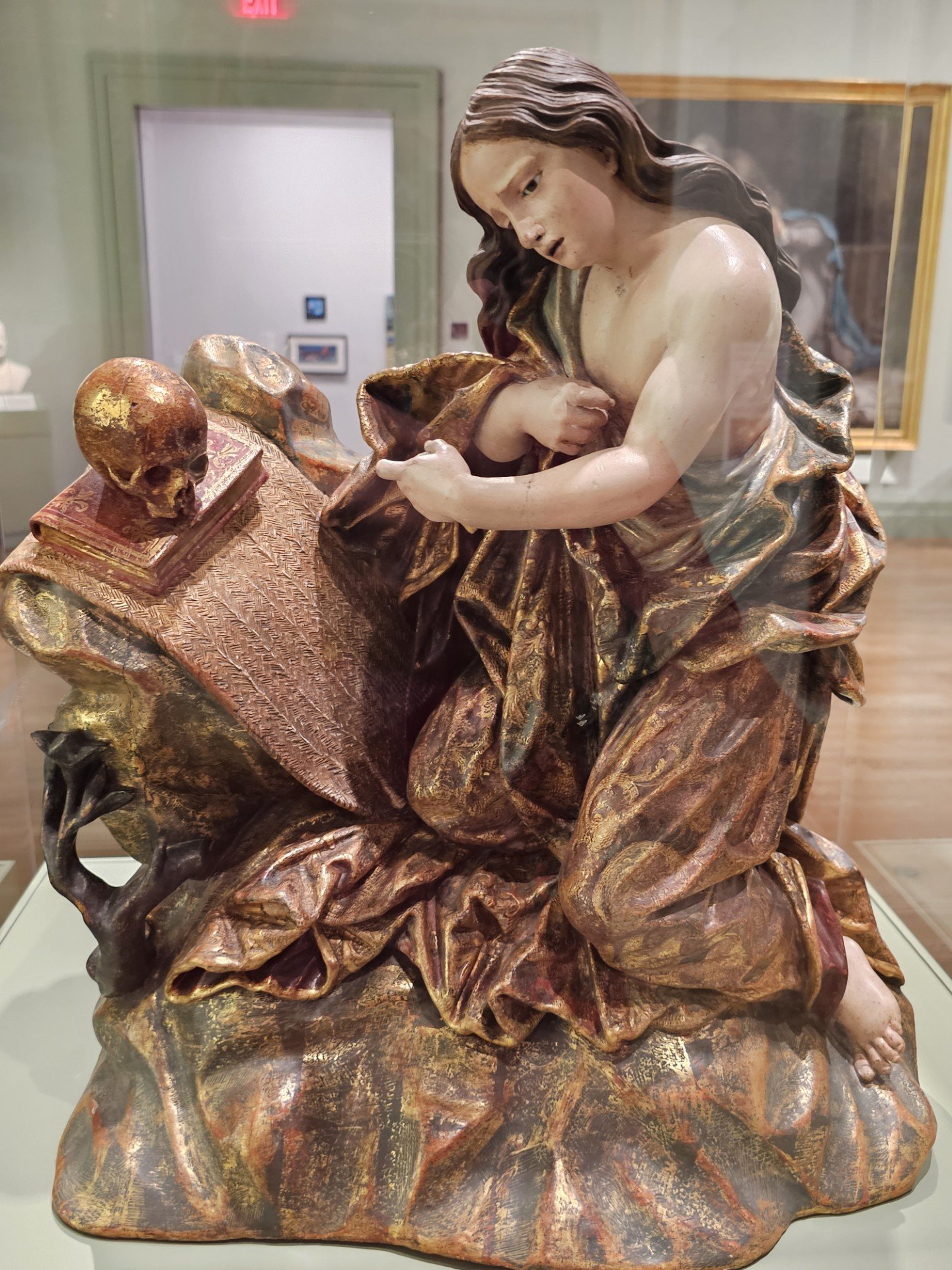Water provision was a necessity if a city was to withstand a siege. Some cities had easy access to water. jericho had a spring, and the water used by Mary at Nazareth is still flowing in the city today. Other places had some difficulty in providing an adequate, secure water supply.
In some cases provision was made by digging down to water level. This was done to begin with in Jerusalem. In Megiddo and Hazor, huge pits that went down to water level were dug inside the city. Then a tunnel was built out to the source of the water beyond the city walls.
Cisterns suppled much of the domestic water needs. There is still a huge one in use in ther garden tomb in Jerusalem, which in the time of Jesus was in the northern suburb of the city. It still supplies all the water needed for the garden throughout the dry season. The water cisterns of Bethlehem were well-known for their cool water. When lime plster was developed, the water was retained for even longer.
But cisterns and pools were also provided publicly too. The pools of Gibeon (2 Samuel 2:13) have been excavated. One is rectangular, thirty-five by fifty-five feet (eleven by seventeen meters), and another is thirty feet (nine meters) in diameter and sixty feet (nineteen meters) deep.
There was a pool in Samaria (1 Kings 22:38), and there were others in Jerusalem (2 Kings 18:17; Isaiah 22:11). One of the most remarkable water works is the tunnel Hezekiah constructed to bring water from an underground spring through a ridge to a pool inside the city walls, the pool of Siloam. As the standards of water engineering were improved, aqueducts and clay pipes were used to bring water from Solomon’s Pools, near Bethlehem, into Jerusalem.
Similarly two aqueducts were built to bring water into Caesarea.

 1 month ago
41
1 month ago
41











 English (US) ·
English (US) ·